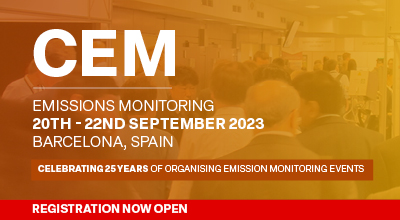| Abstract Title: | The prospect for diesel and the likely real-world impact of RDE and WLTP: how effective will they be? |
| Presenter Name: | Mr Nick Molden |
| Company/Organisation: | Emissions Analytics |
| Country: | United Kingdom |
Abstract Information :
Will RDE and WLTP make all the difference, or no difference? Are the regulations too little too late, in the light of proposed bans of the internal combustion engine for cars in the UK and France? Or are RDE and WLTP state-of-the-art regulations that will drive significant reductions in real-world emissions such that governments will allow these engines to remain in the marketplace?
The presentation first of all defines the pressing challenges of urban air quality and global warming emissions, and the characteristics of what a successful regulation would be. The available technologies in the marketplace - powertrains from traditional ICE to electrified vehicles - are then assessed on commercial, efficiency and emissions characteristics to assess where each stands and the likely future trajectory. The efficiency and emissions performance shows are the basis of data from Emissions Analytics on-going test programmes in Europe, contrasting with the misleading official NEDC-based results.
The same real-world emissions data is then used to show the trends in real-world NOx emissions, showing exceedances of around five times the regulated limit for Euro 5 and many Euros, but with a deteriorating trend over the last year. At the same time, the cleanest and best performing Euro 6 diesels have made significant improvements, approaching the low NOx emissions of gasoline engines. Therefore, the cleanest vehicles are now well below the regulated emissions limit.
It is then shown that, despite some limitations, the prospects for RDE are good, and it will represent a substantial improvement on the NEDC-based certification protocol. However, the staged introduction of RDE together with Conformity Factors will mean the RDE is necessary but not sufficient to solve the urban air quality problems across Europe - various legal cases are ordered these problems to be solved as soon as possible. Therefore, it is necessary to go beyond RDE in the short-term. The presentation finishes with a description of the EQUA Index ratings systems, which is based on real-world emissions and being made publicly available to address this short-term requirement.
Fuel economy and CO2 ratings are also covered by the EQUA Index in order to address the shortcomings of both the NEDC and WLTC - the latter is predicted only to reduce the gap between official and real-world from 41% to about 20%. The nature of the gap and the reasons for WLTC not solving the problem are set out. While RDE is likely to be successful in time, WLTC is seen as a missed opportunity and will not resolve the issue of misleading ratings and labelling for consumers and the marketplace.

